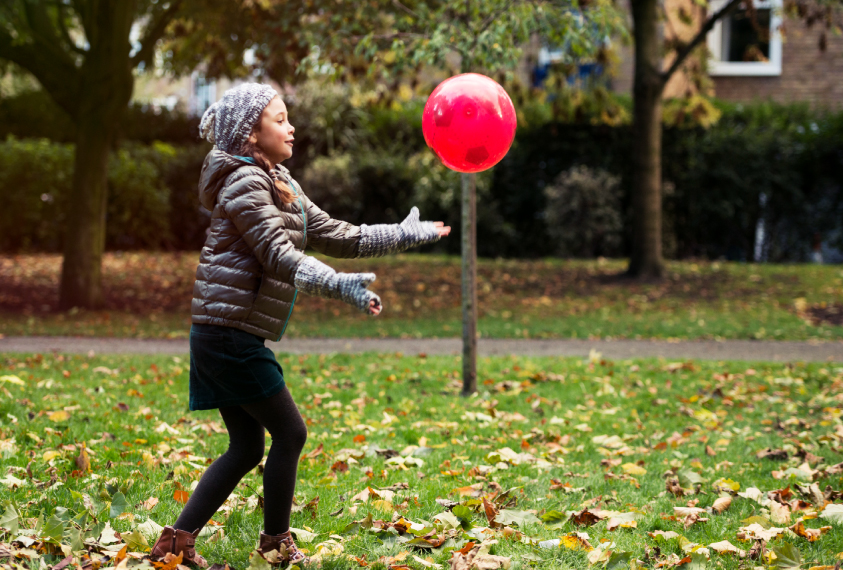Autistic children have a harder time catching a ball than non-autistic children do, possibly because they are less able to predict its trajectory, according to a new unpublished study. Researchers presented the findings virtually this week at the 2021 Society for Neuroscience Global Connectome.
The results align with the ‘predictive coding’ theory of autism, which proposes that an inability to predict what comes next — be it where a ball is likely to travel or how another person might respond to a gesture — underlies core autism traits.
If the theory is true, behavioral interventions that train autistic people on motor prediction might boost their predictive skills in social and other settings too, said Dagmar Sternad, professor of biology at Northeastern University in Boston, Massachusetts, who co-led the work.
The researchers first showed that autistic children catch a ball significantly less often than non-autistic children do, regardless of the ball’s speed. They then tracked how the children’s hands moved toward the incoming object.
In children without autism, hand velocity slows down slightly just before making contact with the ball, said Sabrina Bond, an undergraduate student in Sternad’s lab who worked on the study. This suggests they accurately predict the ball’s trajectory and intercept it with a soft impact. Autistic children instead accelerate toward the ball, the researchers found.
“They are not really sure where the ball is going to land right before it’s there, so they kind of launch their hands toward the ball,” Bond said. More often, their hands collide with the ball, perhaps explaining their poorer catching skills.
Muscle activation in the children’s trunk and arms showed the same pattern: Children without autism activate their muscles most strongly 500 milliseconds before making contact with the ball, but autistic children do so right when they reach for it — as if they can’t predict when the ball is coming.
To rule out any motor issues that have might muddied the results, the researchers had the children perform motor tasks that didn’t involve prediction, including a test of their reaction time, but saw no difference between the two groups.
“Everything was the same when an interactive, dynamic object such as a ball was not involved,” Bond said.
Prediction review:
In a separate study, an overlapping group of researchers analyzed 47 previous publications assessing different dimensions of prediction in autism, all published since 2014. Because labs have defined and tested prediction in different ways, the aim was to identify the most fruitful approaches for further research.
“Our hope is to try to make the vocabulary around this a bit more consistent and make it easier to interpret this diverse landscape of research,” said Amanda O’Brien, a graduate student in Pawan Sinha’s lab at the Massachusetts Institute of Technology, who worked on the study.
Some studies showed consistent differences in people with autism: These measured how quickly and how effectively people learn that one event predicts another or how quickly the brain gets used to a stimulus. But the researchers also found studies in which it was difficult to disentangle whether the effects were due to differences in prediction or differences in processes that play a role in prediction, such as in attention or aspects of cognition.
“It would be really nice to be able to see more clear connections between prediction in day-to-day life and predictions in these very circumscribed tasks,” said Jonathan Cannon, a postdoctoral researcher in Sinha’s lab who also participated in the work.
The researchers are now conducting studies that probe predictions in more everyday tasks and investigate whether people who have challenges with some prediction-related tasks also have challenges with others. They are also developing a survey to enable people to report their experiences with prediction in everyday activities.
Read more reports from the 2021 Society for Neuroscience Global Connectome.





